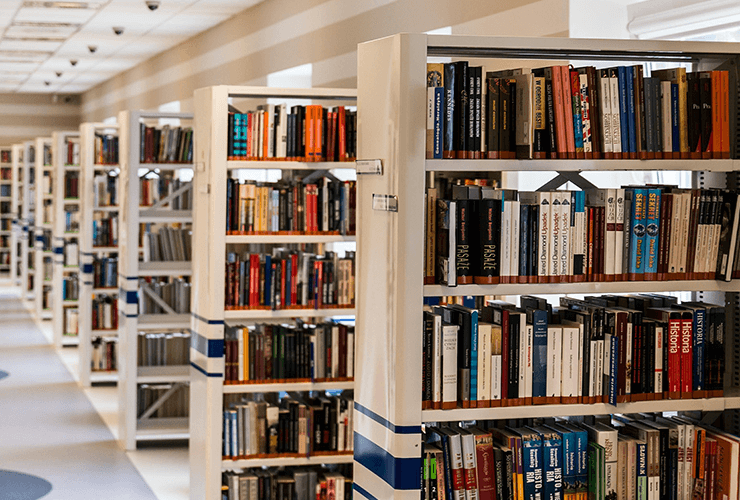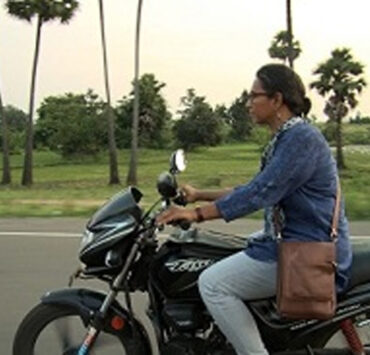
Worldwide, women make up about 50% of the general population but only 24% of the persons heard, read about or seen in newspaper, television and radio news. Only 26% of the people in internet news stories and media news tweets combined are women. These were among the findings of the Global Media Monitoring Project (GMMP)’s latest study on the portrayal and representation of women in the news media.
Worldwide, women make up about 50% of the general population but only 24% of the persons heard, read about or seen in newspaper, television and radio news. Only 26% of the people in internet news stories and media news tweets combined are women. These were among the findings of the Global Media Monitoring Project (GMMP)’s latest study on the portrayal and representation of women in the news media.
Other key findings include:
- Overall, women remain more than twice as likely as men to be portrayed as victims as they were a decade ago, at 16 and 8 percent respectively.
- There is a global glass ceiling for female news reporters in newspaper bylines and newscast reports, with 37% of stories reported by women, the same as a decade ago.
- Women report five percent more stories online – 42% in total – than in the traditional mediums combined.
- News representation of women misses the full picture. Globally women hold approximately 40% of paid employment while a large proportion work in the informal sector especially in the Global South. However, according to news content, only 20% of the formal labour force are women, while 67% of the unemployed and stay-at-home parents are women.
- Across the six roles in which people appear in the news, the largest stride in closing the gender gap is in people interviewed based on personal experience. Women comprise 38% of personal experience testimonies now compared to 31% in 2005.
- News sources are often male, and skewed towards certain ‘types’ – senior government officials and politicians dominate for all story types from ‘expert’ opinion to ‘ordinary’ person testimonies.
- There are distinct regional differences in the overall presence of women in the news. North America holds its position as the region with the narrowest gender media gap (36%) while the Middle East has the widest at 18%. Latin America has narrowed the gender gap most dramatically over the last 20 years, from 16% in 1995 to 29% in 2015.
- The near-balance of television presenters in each age category documented in 2010 has been replaced by significant overrepresentation of younger women as anchors. However, a severe underrepresentation (29%) of women in the 50-64 age bracket, and women’s complete disappearance at 65 years old has currently emerged.
The full report is available here
November 23, 2015
Worldwide, women make up about 50% of the general population but only 24% of the persons heard, read about or seen in newspaper, television and radio news. Only 26% of the people in internet news stories and media news tweets combined are women. These were among the findings of the Global Media Monitoring Project (GMMP)’s latest study on the portrayal and representation of women in the news media.




